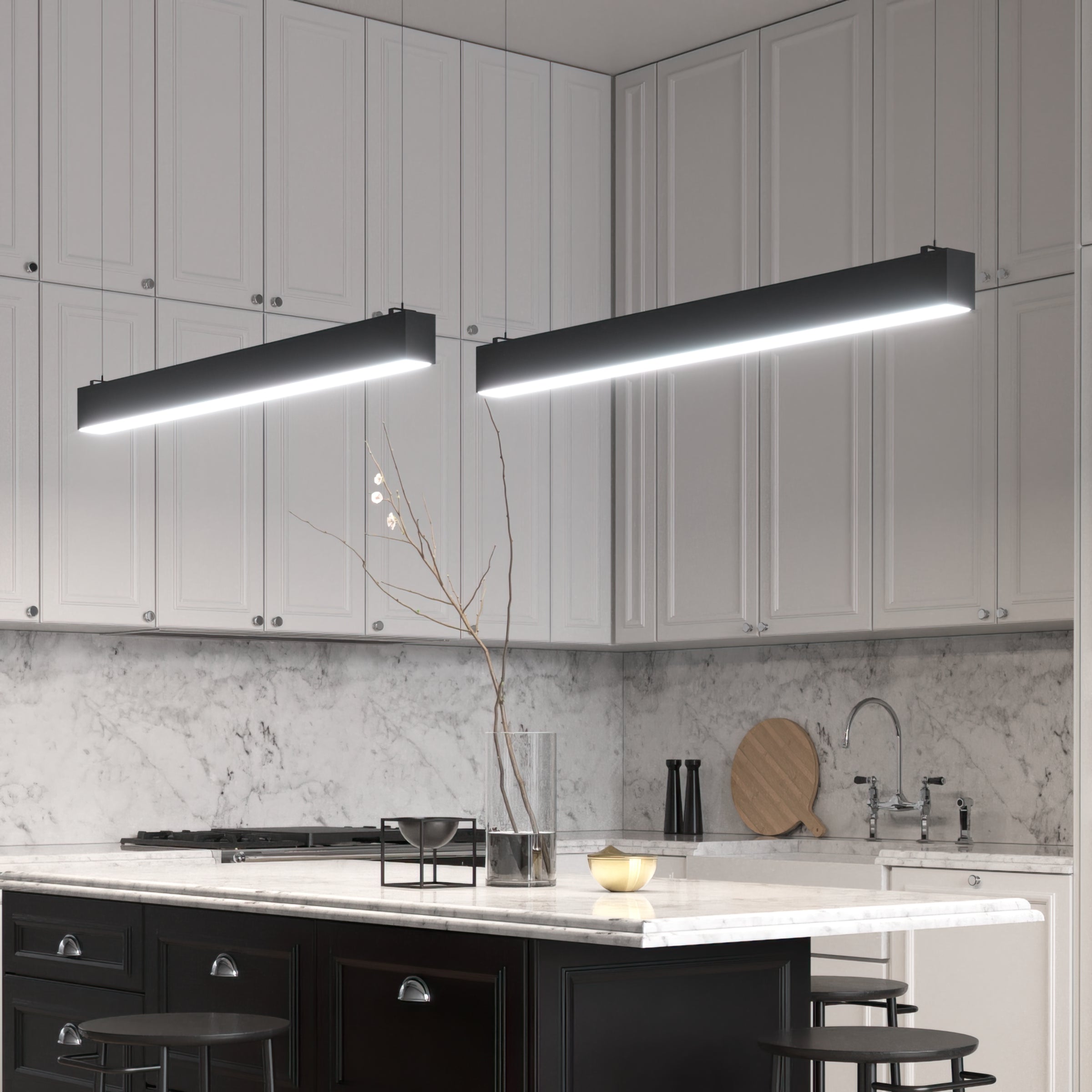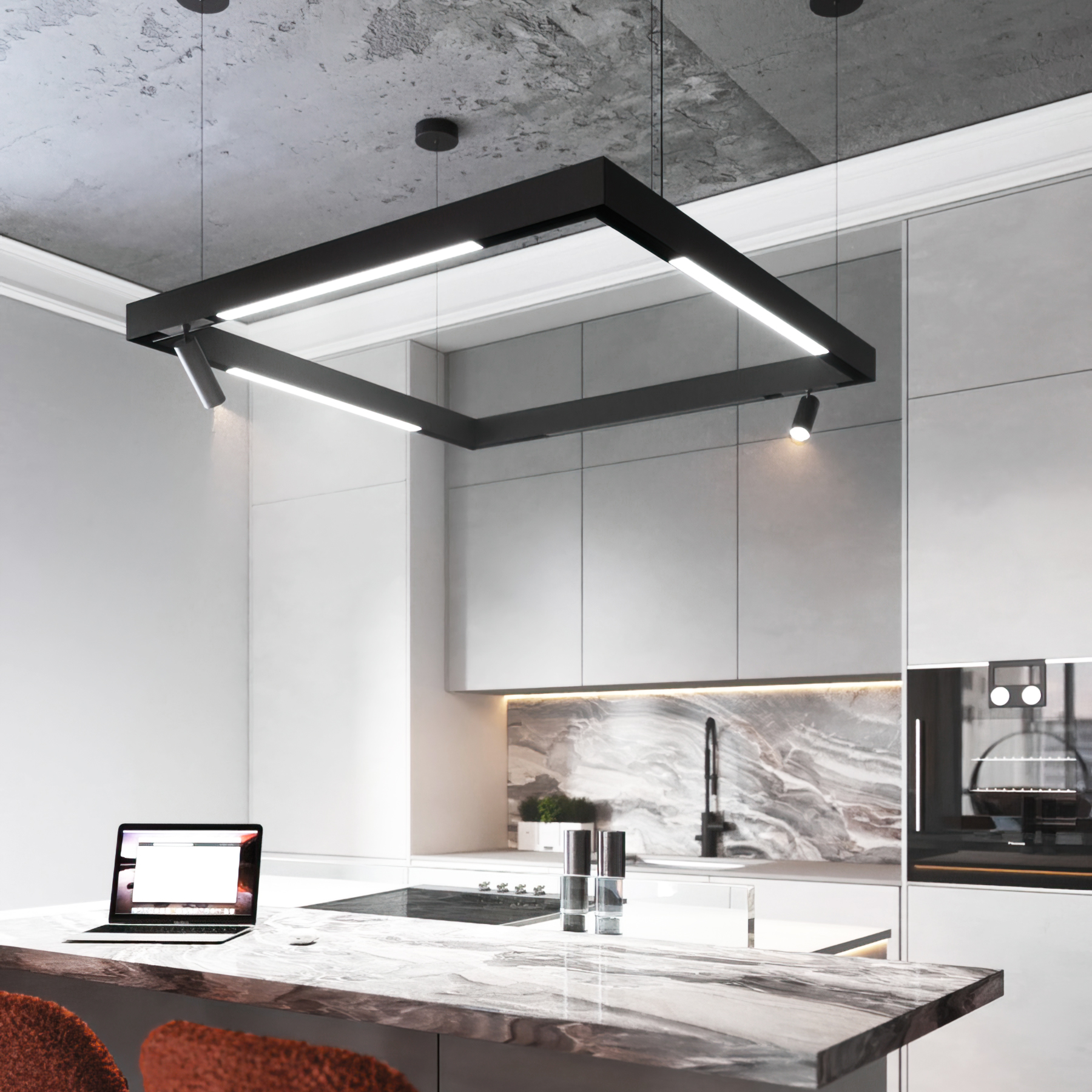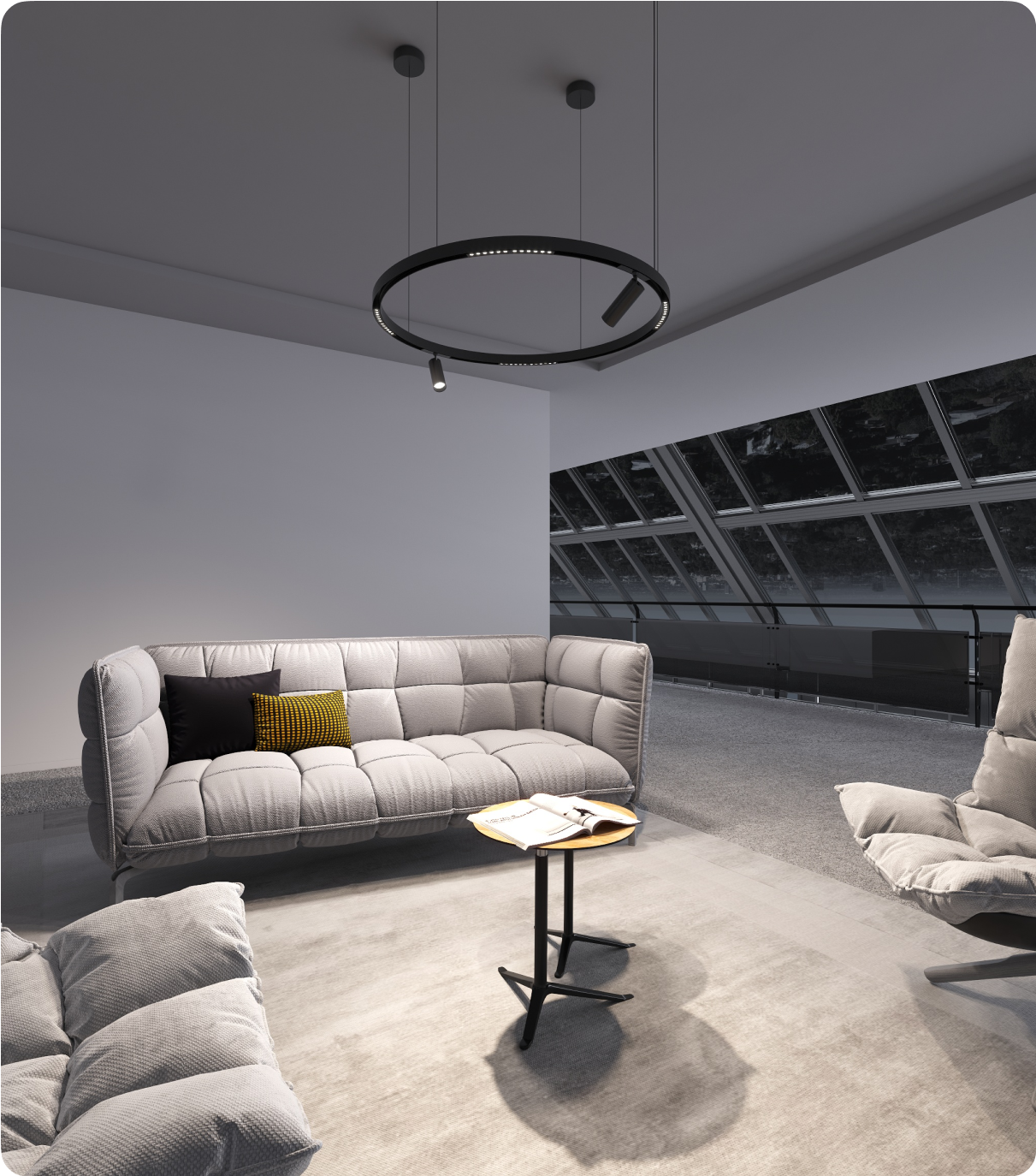Dimmer switches have become increasingly popular in households as they offer the ability to adjust the brightness of lights according to personal preferences. Beyond the convenience and ambiance they provide, many wonder if dimmer switches truly save energy. In this blog post, we will delve into the topic and explore whether dimmer switches are an energy-efficient choice for your home.
At first glance, dimming lights may seem like a simple way to reduce energy consumption. After all, lowering the brightness should logically result in less electricity usage. However, the reality is more complex. We will examine the science behind dimmer switches and their impact on energy efficiency. Additionally, we will discuss the potential benefits and drawbacks of using dimmer switches, helping you make an informed decision about their suitability for your energy-saving goals.
Does dimming LED lights reduce wattage? Join us as we shed light on the energy-saving potential of dimmer switches and uncover whether they truly live up to their reputation as an eco-friendly lighting option.
What is a Dimmer?
By controlling the amount of electrical current flowing to the light source, a dimmer switch allows you to adjust the brightness of a light fixture according to your preferences. By controlling how much light is being emitted, the dimmer switch can adjust the intensity of the light effectively. As it enables you to create different lighting environments, this feature is particularly useful in residential settings.
When you use a dimmer switch to lower the brightness of a light, you are effectively reducing the power consumed by the bulb. This reduction in power consumption can lead to significant energy savings. However, it's important to consider that the actual amount of energy saved depends on the type of light bulb you are using.
Traditional incandescent bulbs, for example, are not very energy-efficient. While dimming them can provide some energy savings, the overall impact is limited. This is because the dimmer switch reduces the voltage supplied to the bulb, resulting in decreased brightness. However, even when dimmed, the bulb still consumes a considerable amount of energy. On the other hand, dimming LED and CFL bulbs can result in substantial energy savings. These types of bulbs are designed to be more energy-efficient and can maintain their brightness even at lower power levels.
It's worth noting that dimmer switches themselves consume a small amount of energy. However, this energy consumption is typically minimal and does not negate the potential energy savings from dimming the lights. To further reduce any additional energy usage, it is recommended to choose energy-efficient dimmer switches.
In addition to the energy-saving benefits, dimmer switches offer other advantages as well. They allow you to create different lighting moods and adjust the ambiance in a room to suit your preferences.
How Do Dimmers Save Electricity?
To truly comprehend the energy-saving benefits of dimmer switches, it is crucial to gain a thorough understanding of how they operate. In the past, dimmer switches would indiscriminately supply the same quantity of electricity to the light bulb regardless of the switch position. As a result, any surplus energy that was not required to illuminate the room would simply be converted into heat, leading to a lack of energy conservation. However, with the advent of modern dimmer switches, significant advancements have been made. These state-of-the-art switches now only supply the exact amount of energy necessary to power the lights. Therefore, if the lights are adjusted to a lower brightness level, the dimmer switch will transmit a substantially reduced amount of energy as compared to when the lights are set to a higher intensity. Essentially, the lower the lights are set within the room, the less power is consumed. This significant reduction in energy consumption can greatly assist homeowners in reducing their monthly utility bills, as utility providers charge based on the amount of energy consumed. By installing a dimmer switch and utilizing it to dim the lights, homeowners can effectively curtail their energy usage and subsequently lower their overall utility costs.
Using dimmer switches to reduce energy consumption is a practical and environmentally friendly approach that can have significant benefits, especially when it comes to LED lights. LEDs are already highly energy-efficient, but by dimming them, they can consume even less energy compared to when they are at full brightness. This not only helps in saving electricity but also contributes to reducing carbon emissions and conserving natural resources.
Dimmers operate by rapidly alternating the light circuit on and off, allowing for a controlled flow of energy through the circuit. This innovative system is far more efficient than older dimmers that would inefficiently convert unused energy into heat, resulting in unnecessary energy wastage. By incorporating advanced dimmer switches, particularly those specifically designed for LED lights, it is possible to effectively conserve energy without compromising the quality and effectiveness of lighting.
In addition to energy savings, using dimmer switches can also provide other advantages. For example, dimming the lights can create a more comfortable and cozy ambiance, allowing for better relaxation or setting the desired mood in a room. It also extends the lifespan of LED lights, as they experience less wear and tear when operated at lower brightness levels.
Overall, incorporating dimmer switches into lighting systems is a smart choice for both environmental and practical reasons. It allows for energy conservation, cost savings, improved ambiance, and increased lifespan of LED lights. By embracing this approach, we can contribute to a greener future while still enjoying high-quality lighting experiences.
Dimming LED Lighting
Adding dimming capabilities to LED lighting offers the obvious advantage of saving money and reducing energy consumption. However, the benefits extend beyond that. Having complete control over lighting can enhance the comfort and happiness of employees.
It's important to note that not all types of lighting are compatible with dimming systems. Traditional bulbs, such as metal halide lights and fluorescent lights commonly used in commercial and industrial facilities, do not work well with dimmers. These bulbs not only experience a decrease in lifespan but also exhibit issues like flickering, slow warm-up time, and lumen degradation. Therefore, it is recommended to avoid these bulbs and opt for LEDs instead.
It is also worth mentioning that not all LED products are dimmable. LED drivers must be Triac compatible or 0-10V to be dimmable. Indoor shop lights can dim using a motion sensor or be set to an optimal light level using a dimmer.
By incorporating dimming capabilities into LED lighting systems, not only can money and energy be saved, but employee comfort can also be enhanced. It is important to choose compatible bulbs and drivers to achieve the desired dimming functionality.





